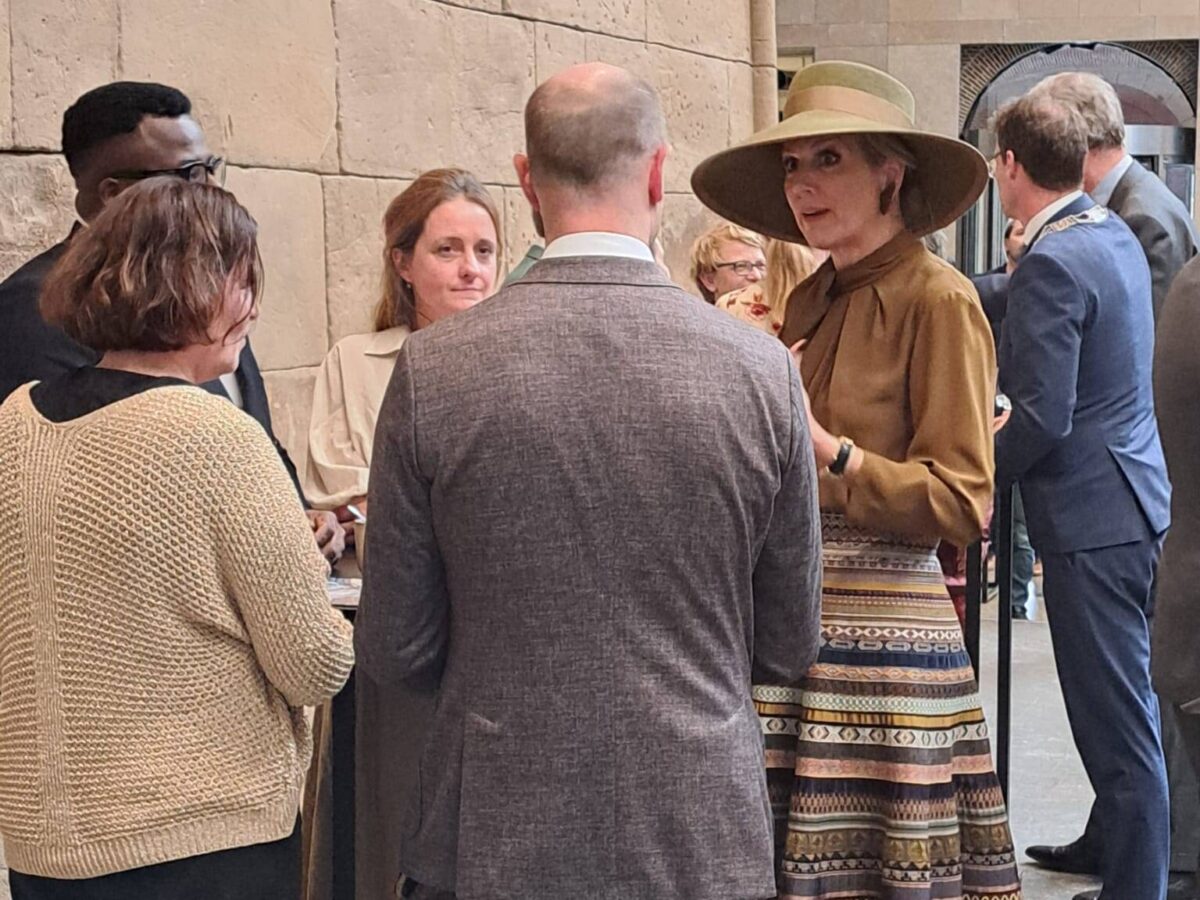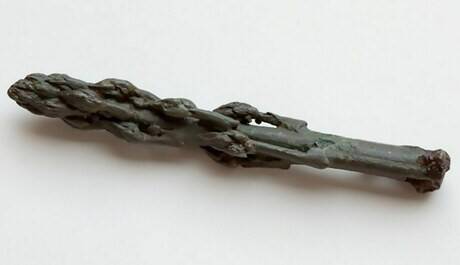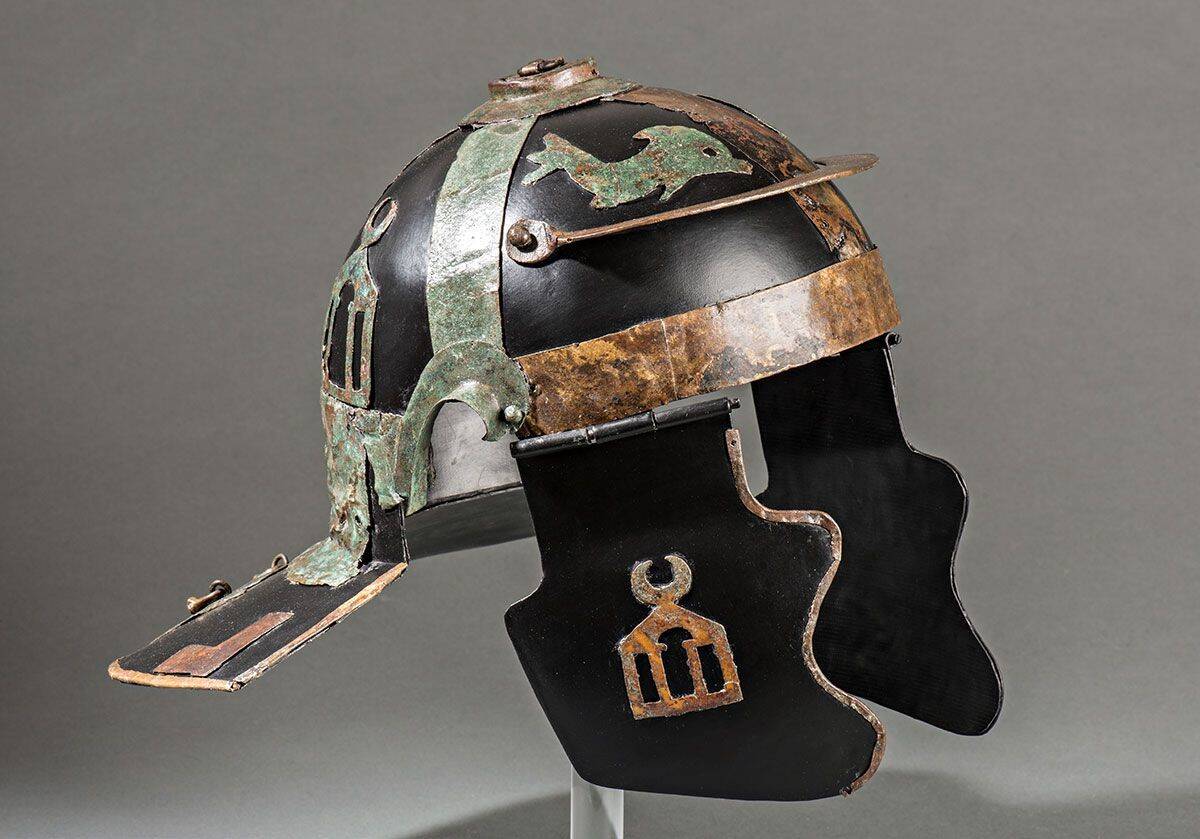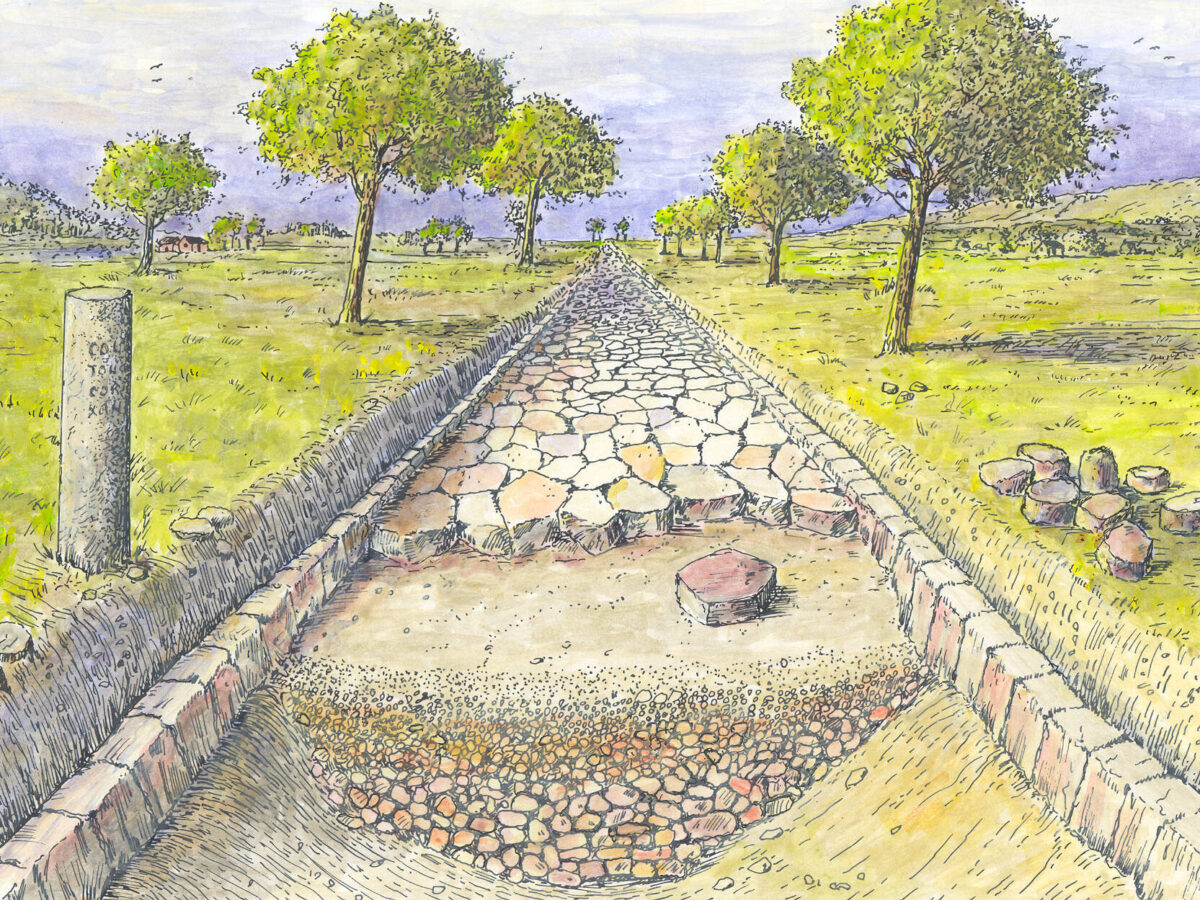Appreciation from Queen Máxima as an incentive
Author: Harry Lindelauf
Photography: Hilde Vanneste, Benoît Mater, RMO

“What touched me most was the recognition for something I have been passionately working on for years: bringing archaeology closer to people.”
Hilde Vanneste, regional archaeologist of Parkstad, had a special encounter during the opening of the exhibition Above the Surface at the National Museum of Antiquities in Leiden. “It’s not every day you get the chance to speak with Queen Máxima, and certainly not about something you’ve been working on with heart and soul for so many years. Not only in Parkstad, but also beyond, this work is being seen and appreciated. This experience is a wonderful encouragement to continue my mission: connecting people with their own past – their heritage, their identity.”
Green asparagus as a handle
The new exhibition showcases the highlights of 25 years of archaeological research between 2000 and 2025 in the Netherlands and the Caribbean. Finds from the Roman period are also included in this survey of modern archaeology. Benoît Mater, project leader for the Roman Museum, pointed out a bronze knife. It was discovered in 2002 in the ditch of the Roman fort Laurium in Woerden. For the casting mould of the handle, a real green asparagus was most likely used.


Infantry helmet
Closer to home for the NMA, in 2018 an infantry helmet dating from AD 50–100 was found in Leiden. It is composed of separate parts, including a broad neck guard. The front is decorated with a dolphin and another sea creature. At the back and on the left cheek-guard, stylised temple buildings have been added as decoration. A nameplate is attached to the neck guard, but unfortunately the name of the owner is no longer legible.
More info: www.rmo.nl

